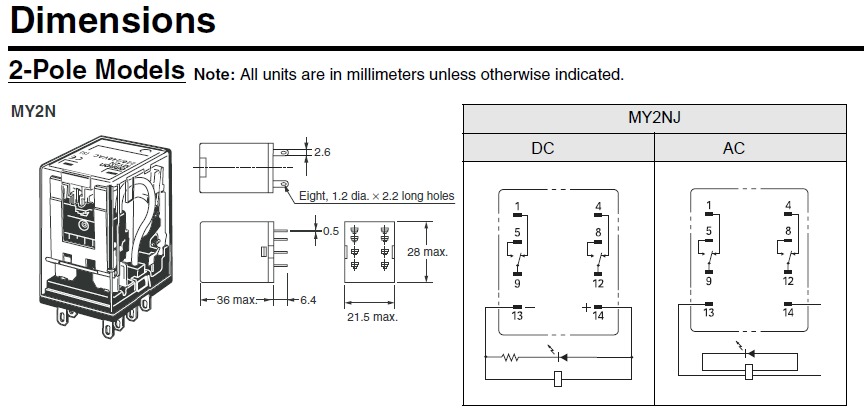Hiya I am struggling with the above relay I don't know how to wire it I am just picking up electronics I have looked at the schematic drawings and because I am just learning I can't understand them . What I am trying to do is I have a extractor fan at home and I have been trying to fix a back draft type device to it ( a diy version ) . The idea is I connect this relay to the extractor fan so when I switch the extractor on power goes to the relay 240vac . I will have a permanent 24vdc supply to the relay that in turn will activate a actuator to raise a steel plate (diy back draft ) .when I switch the extractor off the reverse happens the steel plate will be lowered . Just like a sash window going up and down That is the plan the problem is I don't know how to wire the relay I know the coil is pins 13 and 14 so I will connect the positive and negative from the extractor fan motor to those pins . I am not sure please help me pins 9 and 12 are the pins for 24 vdc on to the relay .will someone please help and try to keep it as simple as possible as I am just learning thank`s again Keith.
-
Categories
-
Platforms
-
Content


